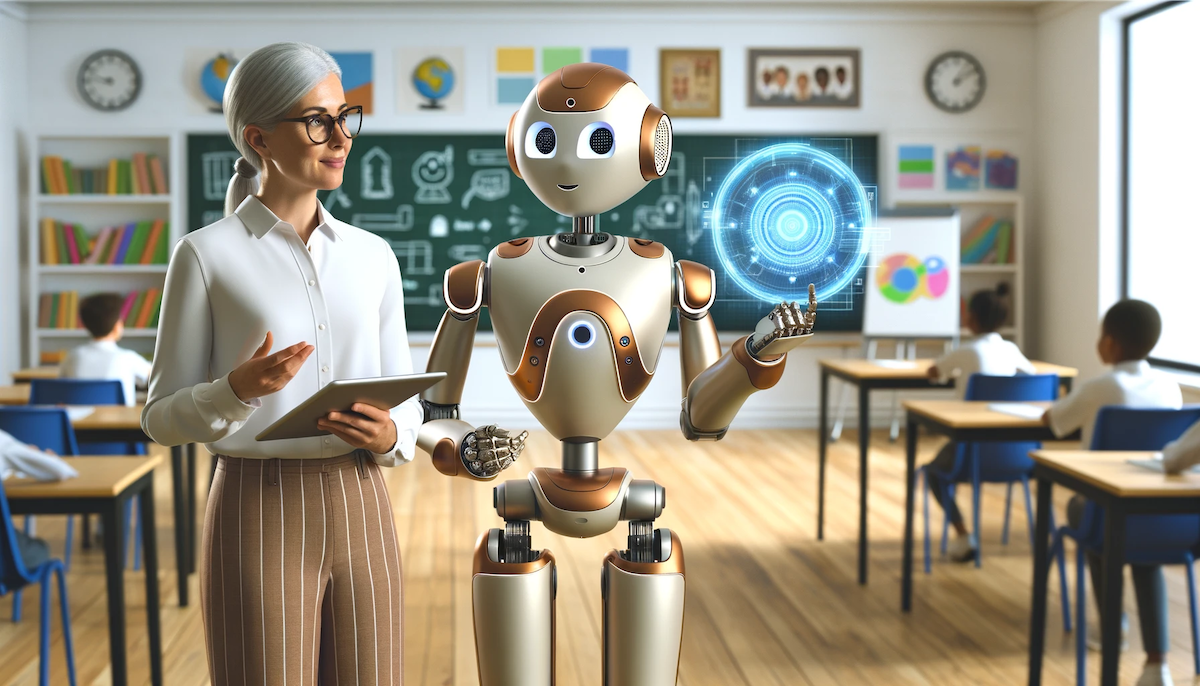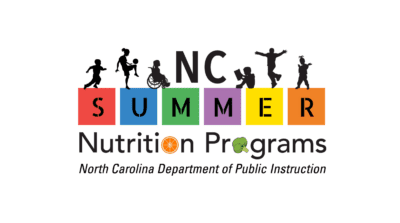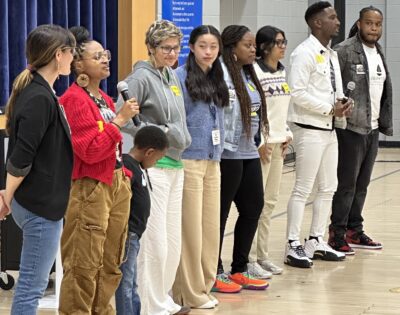

Since the release of ChatGPT in the fall of 2022, headlines of artificial intelligence’s potential pitfalls have dominated news cycles: malevolent machines subjugating humankind, slick robots impersonating real people, or even the decline of human intelligence as we lean on computers to think for us. In education, AI has raised concerns about plagiarism, and efforts have launched to block its use in schools. Many educators fear that these large language models will someday replace the teacher in the classroom.
But if we focus on the tasks that AI excels at right now, we can recognize its potential to make educators’ jobs more effective. On Jan. 16, the state Department of Public Instruction (DPI) released its guidebook for AI implementation in schools. The guidebook lays out some of these benefits for teachers. DPI recommends the E.V.E.R.Y. framework pioneered by AI for Education that focuses on the responsible use of AI. The framework is a great starting point for anyone considering using AI to automate parts of their work, especially for busy teachers.
Teachers are feeling more overburdened than ever. By “outsourcing” some of the most tedious tasks to these machines, we can free up teachers to engage in the work that only a human can do.
In my own work in the classroom, I have seen the enormous benefit that can come from leaning on generative AI (genAI) tools to help create content for students. I have spent the last year exploring this new generation of genAI, such as ChatGPT and Google Bard, and have come away feeling optimistic about how they can improve learning in the classroom.
Many research-backed instructional practices are not as prevalent in the classroom as they should be, and the reason most often given is the time and effort it takes to implement these strategies. Our time is so limited that we sometimes cannot use the methods that we know are best.
What we need is a tireless teacher assistant who can take on some of the work. AI makes a perfect teacher assistant for these menial tasks. By helping us keep tabs on the latest trends in education, suggesting lesson ideas, or analyzing data, genAI tools have the potential to make our lessons better. And as they evolve, the future looks even brighter.
Creating classroom content
Let’s look at some ways teachers can use ChatGPT to create classroom content.
AI excels at two critical stages in the creation of learning experiences: brainstorming and writing. We know students are more engaged when their learning is relevant and personal. We also know that differentiation leads to more academic growth for every child. But good differentiation requires the time to build multiple versions of activities and modify them to match the variety of skills and interests in a classroom. Even the most knowledgeable and devoted teachers do not differentiate as often or as much as they would like to.
With the help of a good prompt, any teacher can use a tool like ChatGPT to generate dozens of ideas. By modifying the output with follow-up requests to the AI, you can get suggestions that are perfect for individual teaching situations. For example, type the following prompt into ChatGPT or a similar chatbot space:
I am teaching 5th-grade social studies, and my students are learning about the three branches of the U.S. government. Give me ideas for 15 differentiated activities that would work for various reading levels and interests.
ChatGPT will generate a long list of suggested activities. While some of them will not work for every teacher or student, I bet you will find a few great ideas you can implement quickly.
And that is just the beginning. Once you have an idea for a lesson or activity, why not ask the chatbot to help you create materials? The output will not be perfect, but like the work of a trusted teaching partner or assistant, it will give you a starting point that will save you hours of work. This is especially useful for math and reading teachers who need to create customized reading passages or leveled practice problems.
AI will not replace teachers, because there are so many more roles that educators play in their classrooms than just generating lessons. We build relationships with students that motivate them to engage with our lessons. We adapt to their needs in the moment and provide one-on-one guidance as they hit roadblocks in their learning. And with the help of AI tools, we can spend more of our time doing the “human” work.
Want to learn how you can use AI in your classroom? Join me from 4:30-5:30 p.m., ET on Tuesday, Feb. 20 for the first session of Not Your Average PD, a free online professional development series for educators presented by the Kenan Fellows Program for Teacher Leadership. Go here to learn more.




